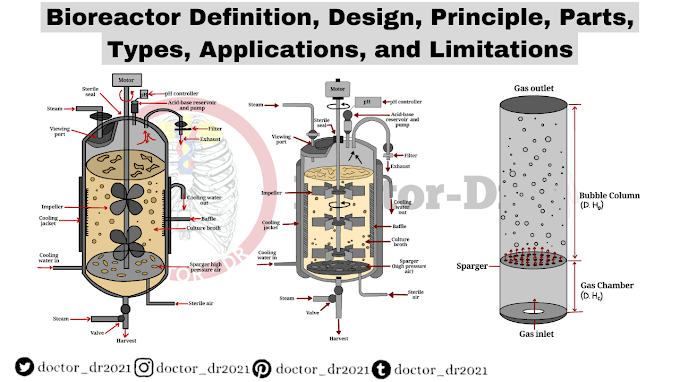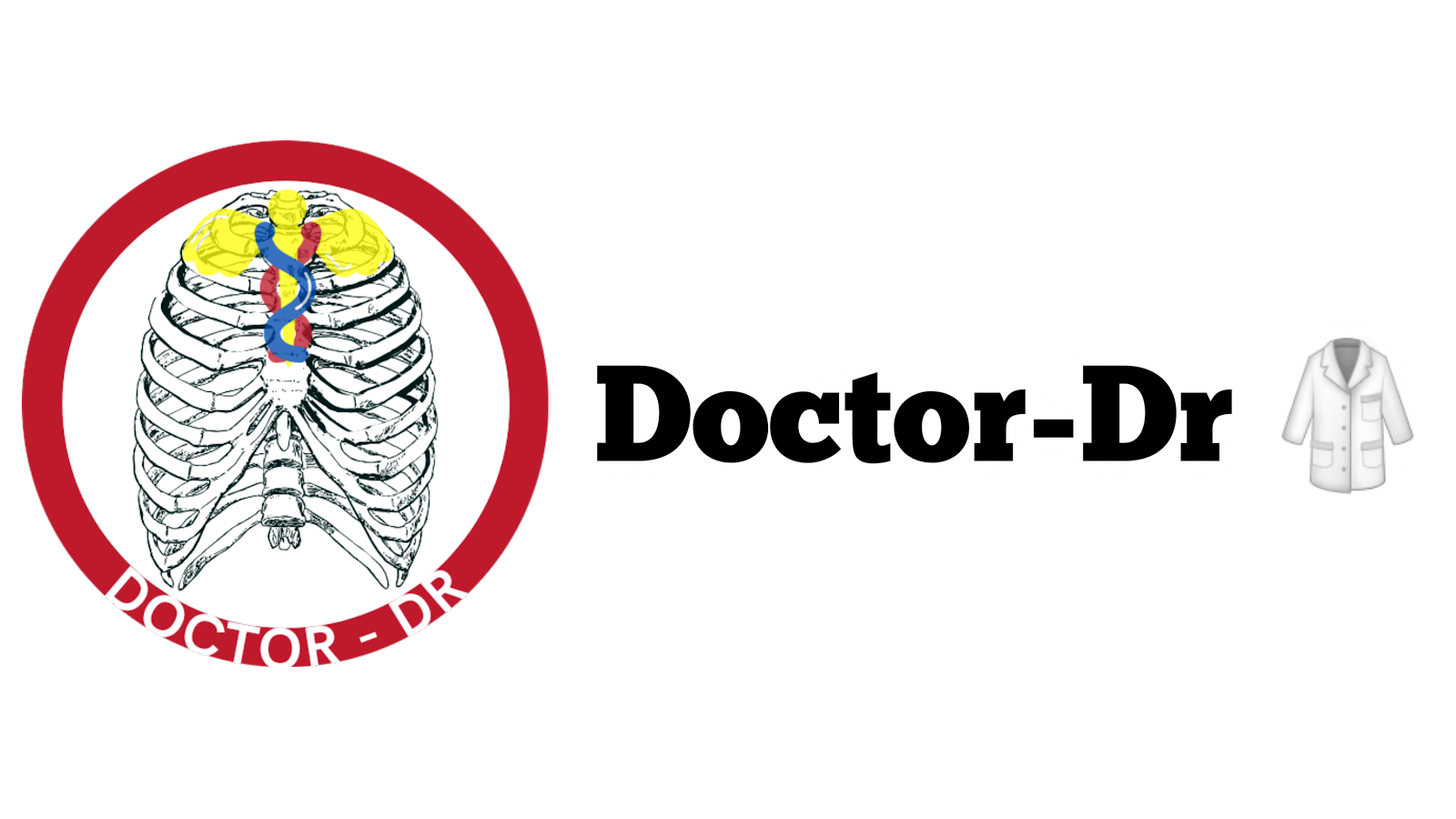Table of Contents
- Antibody Structure
- Immunoglobulin G (IgG)
- Immunoglobulin M (IgM)
- Immunoglobulin A (IgA)
- Immunoglobulin D (IgD)
- Immunoglobulin E (IgE)
- Applications of Antibodies
- References
Introduction
- Antibodies, also known as immunoglobulins, are proteins produced by lymphocytes in response to antigen interaction, playing a crucial role in the humoral immune response of the adaptive immune system.
- Each antibody recognizes a specific antigen and provides protection against it.
- Antibodies are glycoproteins that bind to antigens with high specificity and affinity.
- B lymphocytes, upon antigen binding, are stimulated to secrete millions of antibodies into the bloodstream.
- Circulating antibodies neutralize antigens identical to those that triggered the immune response.
- Antibody binding to microorganisms can immobilize them or prevent their entry into cells.
- Antibodies perform two primary functions: recognizing and binding foreign substances and triggering their elimination.
- Some antibodies remain in circulation for months after an immune response, ensuring extended immunity against the specific antigen.
- Each antibody has a Y-shaped structure, with paratopes at the tips that recognize and bind to specific antigen epitopes.
- Antibodies are classified into different classes based on their structural and functional characteristics.
Antibody Structure
- Antibodies are globular plasma proteins with a Y-shaped structure composed of four polypeptide chains.
- Each antibody consists of two identical heavy chains and two identical light chains, held together by disulfide bonds.
- Light chains have a molecular weight of 22,000 Da, while heavy chains weigh 50,000 Da.
- A disulfide bond connects each heavy chain to a light chain, while two disulfide bonds link the heavy chains together.
- Mammalian antibodies have five types of heavy chains: α, δ, γ, ε, and µ, and two types of light chains: λ and κ.
- Antibodies consist of a variable region and a constant region; the variable region adapts to different antigens, while the constant region remains unchanged.
- The variable region varies among clones and is responsible for antigen recognition, whereas the constant region maintains structural integrity and effector functions.
- Both heavy and light chains contain an amino-terminal variable region of 100–110 amino acids.
- Each light chain has one variable domain and one constant domain, while the heavy chain has one variable domain and three constant domains.
- The constant region determines the subtype of light chains and has limited variation.
- Some antibodies have a proline-rich hinge region in the heavy chain, which separates the antigen-binding and effector domains.
- The hinge region allows flexibility, enabling the antibody to bind antigens at varying distances.
Antibody Types or Classes
- Antibodies are classified into five classes: IgG, IgM, IgA, IgD, and IgE.
- While all antibodies share a basic four-chain structure, they differ in their heavy chains.
- Variations in the Fc region of immunoglobulins influence their effector functions.
- Structural differences also affect the polymerization state of antibody monomers.
- The five antibody classes each have distinct roles in immune defense.
Immunoglobulin G (IgG)
IgG is the most abundant immunoglobulin, comprising approximately 80% of total serum antibodies, with a blood concentration of about 10 mg/ml.
Structure of IgG
- IgG has a Y-shaped structure, where the Fab arms are connected to the Fc region via a flexible polypeptide segment called the hinge.
- This hinge region is susceptible to protease cleavage, splitting the molecule into functional units within a four-chain structure.
- Each IgG molecule consists of two identical γ heavy chains (~50 kDa).
- The light chains exist in two forms, κ and λ, with κ being more prevalent in humans.
- The Fc region contains a conserved N-glycosylation site in the heavy chain.
Properties of IgG
- IgG exists in monomeric form in serum and can cross the placenta, providing passive immunity to the fetus.
- Each IgG molecule has two paratopes, allowing it to bind two different epitopes on separate antigens.
- IgG plays a primary role in secondary immune response, being produced after class switching and response maturation.
- It is classified into four subclasses: IgG1, IgG2, IgG3, and IgG4.
Subclasses of IgG
- IgG1: The most abundant subclass, containing γ1 heavy chains, primarily induced by soluble and membrane protein antigens. Its deficiency can significantly reduce total IgG levels.
- IgG2: The second most abundant subclass, composed of γ2 heavy chains, responsible for responding to bacterial capsular polysaccharide antigens. It is the only IgG subclass that cannot cross the placenta. Deficiency may weaken defense against pathogens.
- IgG3: The third most abundant subclass, containing γ3 heavy chains, with strong effector functions. It is highly proinflammatory, has a shorter half-life, and is the most effective complement activator, aiding in opsonization.
- IgG4: The least abundant subclass, consisting of γ4 heavy chains, mainly induced by allergens and formed after prolonged antigen exposure in non-infectious conditions. It can cross the placenta, and its elevated levels are linked to various organ-related disorders.
Functions of IgG
- Provides long-term immunity against bacteria, viruses, and bacterial toxins.
- Acts as a potent activator of the complement system.
- Enhances antigen binding and facilitates phagocytosis.
Immunoglobulin M (IgM)
IgM is the third most abundant immunoglobulin in serum, with a concentration of approximately 1.5 mg/ml. It is the largest antibody and the first to be produced in response to initial antigen exposure.
Structure of IgM
- IgM is secreted primarily in a pentameric form, consisting of five monomeric units, each composed of two µ heavy chains and two light chains.
- In some cases, a J chain is present in the hexameric form, though it is not always included. The J chain is typically incorporated just before secretion to facilitate monomer polymerization.
- Each monomer contains two antigen-binding sites, resulting in a total of 10 binding domains per molecule. However, steric hindrance prevents all sites from being occupied simultaneously.
- The pentameric form has a molecular weight of approximately 900 kDa.
Properties of IgM
- IgM is the largest and the only pentameric antibody in humans. It is the first immunoglobulin produced in response to an antigen.
- It is also the first antibody synthesized by the fetus, beginning around the 20th week of gestation.
- The pentameric structure consists of 10 antigen-binding sites and five Fc regions held together by disulfide bonds.
- The monomeric form of IgM primarily functions as an antibody receptor on the surface of B lymphocytes.
- IgM has a relatively short lifespan and typically disappears earlier than IgG.
- Due to its large size, it diffuses poorly and is found in very low concentrations in intracellular fluids.
Functions of IgM
- Highly effective against viral infections, as lower amounts of IgM are required compared to IgG for virus neutralization.
- Superior agglutination properties, requiring 100 to 1000 times fewer molecules than IgG to achieve the same level of agglutination.
- Plays a key role in activating the classical complement pathway, facilitated by the close proximity of its two Fc regions.
Immunoglobulin A (IgA)
Immunoglobulin A (IgA), also known as secretory IgA (sIgA), is the primary antibody found in mucosal secretions. While present in small amounts in the bloodstream, it is highly concentrated in tears, saliva, and sweat, playing a crucial role in mucosal immunity.
Structure of IgA
- IgA has a molecular weight of approximately 160 kDa and primarily exists in a four-chain monomeric structure, although it can also be found in dimeric and trimeric forms.
- The heavy chain of IgA consists of three constant domains (CH1, CH2, CH3) and a variable domain (VH).
- A hinge region is located between the CH1 and CH2 domains, stabilized by disulfide bonds.
- Secretory IgA (sIgA) contains an additional secretory component, which includes a 75 kDa polypeptide chain and an extracellular proteolytic fragment.
- A J-chain is linked to the monomeric units via disulfide bridges, facilitating IgA transport across epithelial cells and protecting it from enzymatic degradation.
Properties of IgA
- IgA is the second most abundant immunoglobulin in humans, with a serum concentration of 2-4 mg/ml, comprising 10-15% of total serum antibodies. However, it is the most abundant in external secretions.
- It acts as the first line of defense by preventing the adhesion of bacteria and viruses to epithelial surfaces and by neutralizing toxins inside cells.
- Secretory IgA mainly exists in its dimeric form, where two monomeric units are linked by a joining peptide.
Subclasses of IgA
- IgA1 and IgA2 are the two subclasses of IgA.
- IgA1 is mostly found in serum (about 80%), produced in the bone marrow, and secreted onto mucosal surfaces.
- IgA2 is mainly present in local secretions in its dimeric form.
- A key difference between these two subclasses is the hinge region, which is more extended in IgA1 compared to IgA2.
Functions of IgA
- IgA serves as the body’s first line of defense, preventing the entry and colonization of pathogens on mucosal surfaces.
Immunoglobulin D (IgD)
IgD is a monomeric antibody primarily found on the surface of immature B lymphocytes. It is also produced in small quantities in the blood serum in its secreted form.
Structure of IgD
- IgD exhibits structural diversity across vertebrates, allowing it to complement IgM function.
- It is a glycoprotein composed of two identical δ (delta) heavy chains and two identical light chains.
- Membrane-bound IgD on B lymphocytes contains additional amino acids at the C-terminal, enabling it to anchor to the membrane.
- The heavy and light chains are connected by disulfide bonds, with additional intrachain disulfide links, dividing them into functional domains.
- IgD has an extended hinge region, providing greater flexibility but making it more susceptible to proteolytic cleavage.
Properties of IgD
- IgD is present in low concentrations in serum, and its precise role in the immune system remains unclear.
- It constitutes approximately 0.25% of total serum immunoglobulins, with a molecular mass of 185 kDa and a half-life of 2.8 days.
- IgD is also found in plasma membranes of B lymphocytes, where it coexists with IgM as a cell surface receptor.
Functions of IgD
- The primary function of IgD is serving as an antigen receptor on B cells, playing a role in B cell activation upon encountering an antigen.
- It is secreted in small amounts in blood, mucosal secretions, and on the surface of innate immune effector cells.
Immunoglobulin E (IgE)
IgE is a type of immunoglobulin found exclusively in mammals, synthesized by plasma cells. It exists in a monomeric form composed of two ε heavy chains and two light chains.
Structure of IgE
- IgE has the typical structure of an antibody, with ε heavy chains that have a high carbohydrate content.
- It contains two identical antigen-binding sites formed by both light and heavy chains, providing a valency of 2.
- Like all antibodies, the heavy and light chains are divided into variable and constant regions.
- The heavy chains consist of five domains: one variable and four constant.
Functions of IgE
- IgE is primarily associated with allergic reactions. It binds to reintroduced antigens, triggering the release of pharmacologically active agents.
- Additionally, IgE plays a crucial role in the immune response to allergens and is involved in antigen preparation during desensitization immunotherapy.
Applications of Antibodies
- Antibodies can be employed to treat immune deficiencies by providing passive immunity.
- The development of monoclonal antibodies has proven effective in treating various diseases, including multiple sclerosis, rheumatoid arthritis, and several types of cancer.
- In medical diagnostics, antibodies are instrumental in detecting diseases, as many biochemical assays rely on identifying antibodies for disease diagnosis.
- Different classes of immunoglobulins are used to analyze the antibody profiles of patients.
- Additionally, antibodies serve as vital tools in biomedical research, helping to study the interactions between different antigens and their relationship with the host.
References
- Delves, P. J., Martin, S. J., Burton, D. R., & Roitt, I. M. (2017). Roitt’s Essential Immunology (13th ed.). John Wiley & Sons, Ltd.
- Owen, J. A., Punt, J., & Stranford, S. A. (2013). Kuby Immunology (7th ed.). W. H. Freeman and Company.
- Sedlacek, H. H., Gronski, P., Hofstaetter, T., et al. (1983). The biological properties of immunoglobulin G and its split products [F(ab’)2 and Fab]. Klinische Wochenschrift, 61, 723–736. https://doi.org/10.1007/BF01497399
- Vidarsson, G., et al. (2014). IgG subclasses and allotypes: From structure to effector functions. Frontiers in Immunology, 5, 520. https://doi.org/10.3389/fimmu.2014.00520

%20Structure,%20Classes,%20and%20Functions.webp)













